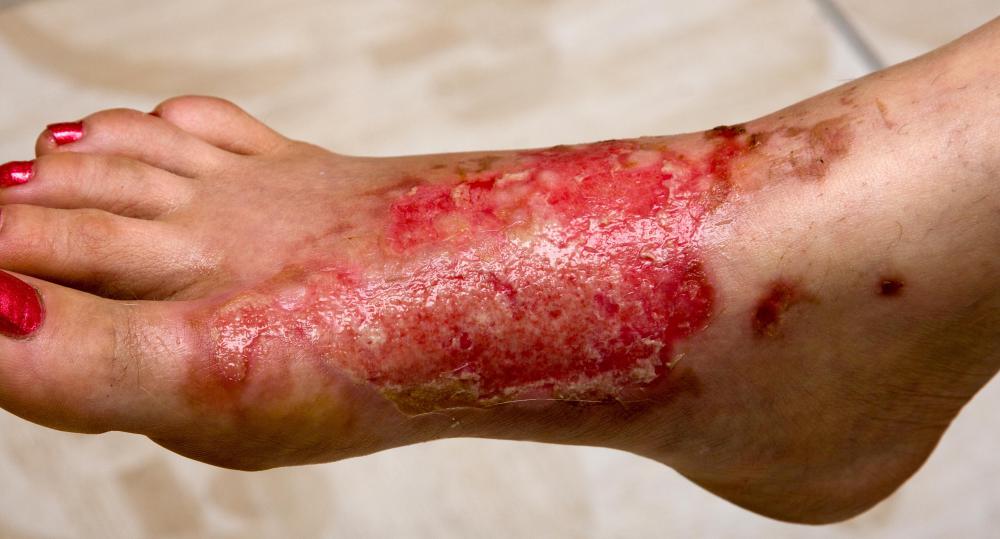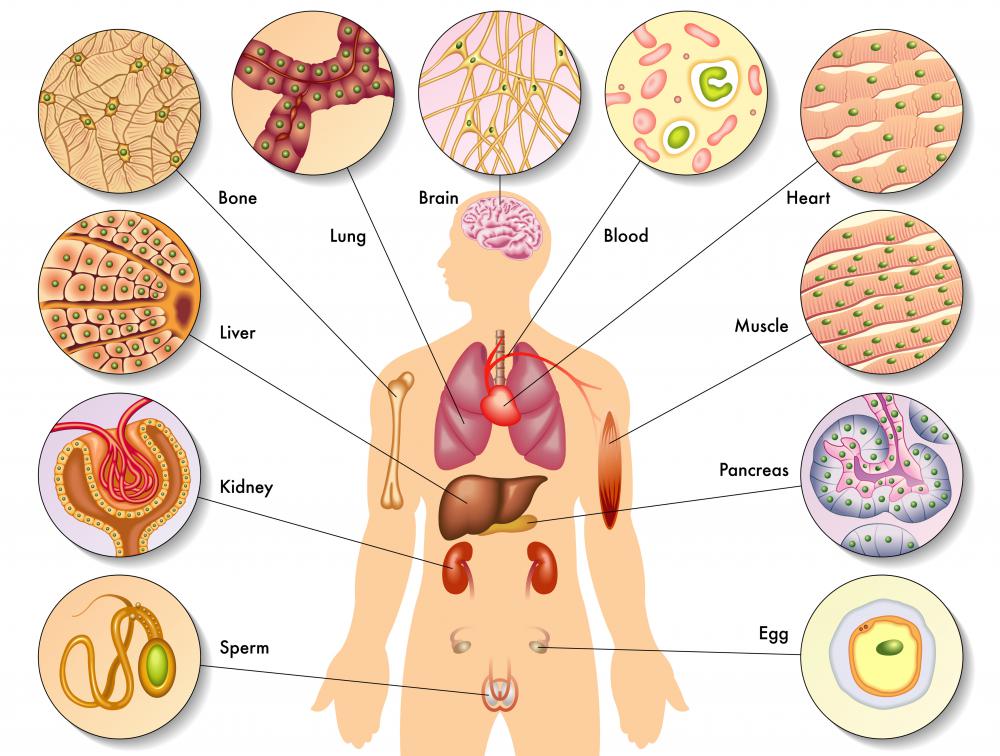At WiseGEEK, we're committed to delivering accurate, trustworthy information. Our expert-authored content is rigorously fact-checked and sourced from credible authorities. Discover how we uphold the highest standards in providing you with reliable knowledge.
What is Tissue Engineering?
Tissue engineering is the process of growing, or engineering, certain tissues found in the human body. The primary purpose for tissue engineering is to replace or repair damaged tissues or organs. This process views living cells, or biomaterials, as engineering supplies — much like wood or brick is viewed by construction professionals.
The process of tissue engineering became possible in 1998 when scientists at the Geron Corporation learned how to extend telomeres. Telomeres are end-sections of deoxyribonucleic acid (DNA) that help control cell division and prevent damage during DNA replication. The ability to extend telomeres allowed scientists to create the first immortalized cells that continually divided. This discovery was a major accomplishment in regenerative medicine.

Specialized scaffolds are used to support the cells as they're grown into tissue. These supports are usually constructed of biodegradable materials, which are capable of dissolving within the tissues over time so additional surgery is not required to remove the material. Scaffolds can be built from a variety of materials, such as collagen and polyester, depending on the type of tissue being engineered. The same materials used to make dissolving sutures are also used in the construction of scaffolds.

Cells used as biomaterials are categorized according to their source. Autologous cells, for example, are harvested from the individual needing the new tissue. A burn victim, for example, may have thin sections of healthy skin cells removed from one part of their body for use in the damaged areas.
Allogeneic cells, on the other hand, are obtained from a donor of the same species as the recipient. In this situation, a person with compatible tissue types might be able to donate some of their tissues for use in another person. When the donor and recipient are genetically identical, such as twins or clones, the cells are termed isogeneic. Major organ transplants, such as heart, kidney, or liver, are examples of procedures that use allogeneic or isogeneic materials. Cells from a xenogeneic source are from a different species as the recipient and are much less common.

The fifth category of cellular biomaterials, stem cells, is highly controversial. Stem cells are undifferentiated, that is, they are not yet designated as skin cells, bone cells, or muscle cells, or any other type of cell that has a specific function. Stem cells have the potential to become any type of cell that is needed by the recipient. For this reason, work with stem cells is regarded as the most promising area of tissue engineering research.
AS FEATURED ON:
AS FEATURED ON:















Discuss this Article
Post your comments